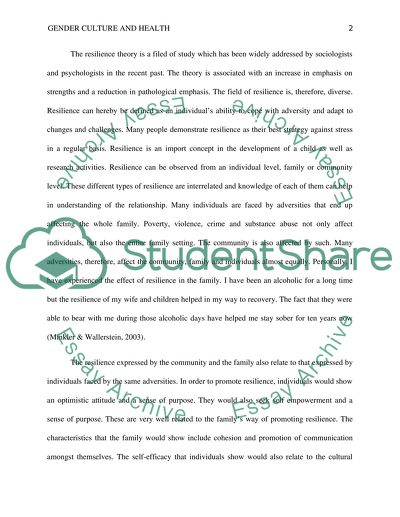Cite this document
(“Gender Culture & Health Research Paper Example | Topics and Well Written Essays - 3000 words”, n.d.)
Retrieved from https://studentshare.org/psychology/1398835-gender-culture-health
Retrieved from https://studentshare.org/psychology/1398835-gender-culture-health
(Gender Culture & Health Research Paper Example | Topics and Well Written Essays - 3000 Words)
https://studentshare.org/psychology/1398835-gender-culture-health.
https://studentshare.org/psychology/1398835-gender-culture-health.
“Gender Culture & Health Research Paper Example | Topics and Well Written Essays - 3000 Words”, n.d. https://studentshare.org/psychology/1398835-gender-culture-health.


